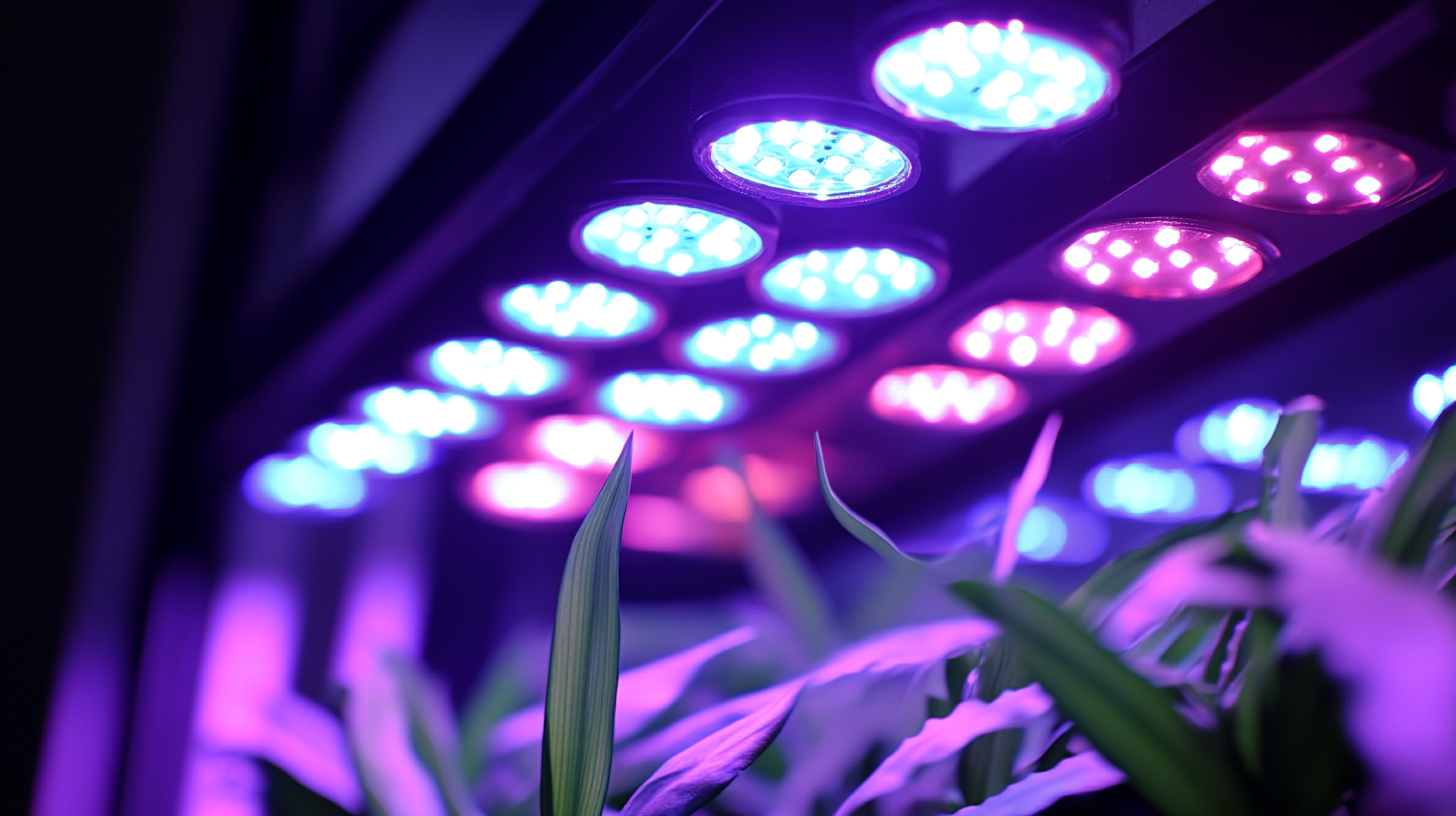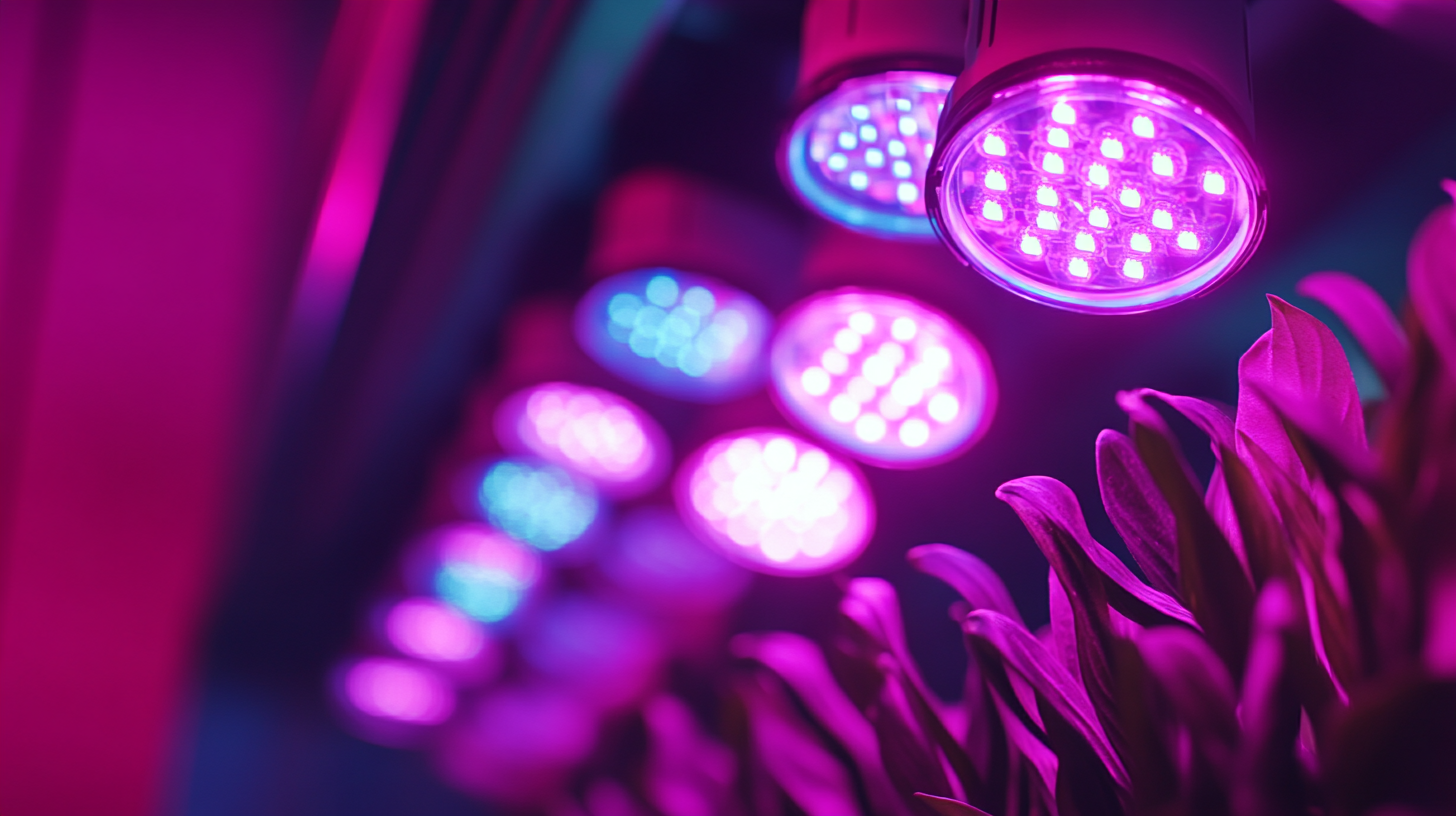Understanding Global Certification Standards for LED Lights in Import and Export Markets
In today's rapidly evolving global market, understanding the certification standards for LED lights is essential for businesses engaged in import and export. As LED technology continues to gain traction due to its energy efficiency and long lifespan, various countries have implemented specific standards to ensure safety, performance, and environmental compliance. Familiarity with these standards not only aids manufacturers and distributors in navigating regulatory landscapes but also empowers consumers to make informed choices about the products they use.
Navigating through the myriad of certification requirements can be daunting for companies looking to expand their reach internationally. Different regions may impose unique standards such as ENERGY STAR, UL, CE, and RoHS, each designed to address particular aspects of LED lights. This blog aims to demystify these global certification standards, offering insights on how businesses can align their products with these requirements, reduce barriers to market entry, and ultimately enhance their competitive edge. By understanding the significance of compliance, companies can ensure their LED lights meet global expectations and flourish in both domestic and international markets.

Importance of Global Certification Standards for LED Lights in International Trade
In the highly competitive landscape of international trade, understanding global certification standards for LED lights is crucial. These standards ensure that products meet specific safety, performance, and environmental criteria, which are vital in fostering trust and transparency among global trading partners. By adhering to these standards, manufacturers can demonstrate their commitment to quality, ultimately leading to increased market acceptance and customer loyalty. Moreover, compliance with international certification standards can significantly streamline the import and export process. Regulatory requirements vary widely among countries, and navigating these can be challenging for businesses. Certifications serve as a universal language, signaling to customs authorities that a product has been assessed and meets necessary criteria. This not only facilitates smoother transactions but can also reduce potential delays and additional costs associated with non-compliance. The importance of these global standards extends beyond regulatory compliance; they also play a pivotal role in promoting sustainability. Many certification programs emphasize energy efficiency and minimal environmental impact, aligning with the global shift towards greener practices. By ensuring that LED lights are certified under such standards, companies contribute to a more sustainable future, while also appealing to environmentally conscious consumers who prioritize eco-friendly products in their purchasing decisions.

Key Certification Bodies and Their Roles in LED Lighting Standards
In the rapidly evolving world of LED lighting, understanding the certification standards is crucial for businesses involved in import and export markets. Various certification bodies oversee the compliance and quality of LED products, ensuring they meet both safety and performance criteria mandated by different regions. These organizations play a vital role in establishing a trusted environment for manufacturers, distributors, and consumers, fostering confidence in product integrity.
Among the key certification bodies, the International Electrotechnical Commission (IEC) sets globally recognized standards that facilitate smooth trade and ensure safety in electrical and electronic devices, including LED lights. Their rigorous testing and certification processes help identify compliant products that adhere to international safety requirements. Similarly, Underwriters Laboratories (UL) functions primarily in North America, providing safety certification and testing to ensure that LED products meet stringent safety protocols.
In Europe, the European Committee for Electrotechnical Standardization (CENELEC) works collaboratively with IEC to create uniform standards within the EU. Their focus on harmonization ensures that LED lighting products can move freely across borders without compromising safety or performance. Understanding these bodies and their respective standards is critical for manufacturers aiming to position their products competitively in global markets, as compliance not only enhances marketability but also reduces liability risks associated with non-compliance.

Regional Differences in Certification Requirements for LED Products
When navigating the LED lighting market, understanding the regional differences in certification requirements is crucial for businesses engaged in import and export. Each market presents its own set of standards and regulations, which can significantly affect product acceptance and sales. For instance, in the United States, LED lights must comply with standards set by the Underwriters Laboratories (UL) and the Department of Energy (DOE). These certifications ensure energy efficiency and safety, paving the way for greater consumer trust and market penetration.
In contrast, European markets require compliance with directives such as the Low Voltage Directive (LVD) and the Electromagnetic Compatibility (EMC) Directive. The CE marking demonstrates that LED products meet EU safety standards, which can be a complex process. Moreover, certain countries within the EU may have additional local requirements, adding another layer of complexity for exporters. Understanding these variances is not just about compliance; it’s also a matter of strategic positioning in diverse markets.
Additionally, markets in Asia, such as Japan and China, have their own certification pathways, like the PSE mark in Japan and the CCC certification in China. These requirements can be stringent and may involve rigorous testing procedures. Companies looking to expand their reach must familiarize themselves with these nuances to successfully navigate the landscape of global LED certification. Investing time in understanding regional standards is essential for companies aiming to thrive in the competitive LED lighting industry.

The Impact of Compliance on Market Access and Consumer Trust
The global certification standards for LED lights play a crucial role in determining market access and establishing consumer trust. As international trade evolves, compliance with these standards not only ensures product safety and quality but also influences consumer perceptions significantly. A recent report highlights that in the competitive landscape for food traceability, valued at over USD 16.58 billion in 2023, compliance is paramount for fostering consumer confidence. Similar principles apply to the lighting industry, where adherence to certification standards can enhance a brand's reputation and reliability in the eyes of consumers.
Furthermore, the increasing awareness of data privacy and cybersecurity among consumers is parallel to the growing importance of compliance in other sectors. For instance, the Embedded Security Market is expected to grow to USD 12.52 billion by 2032 as companies seek secure solutions amid rising cyber threats. This trend reflects a broader expectation that businesses across various industries, including the LED market, must adhere to rigorous compliance standards to protect customer interests and foster trust.
Compliance also impacts the regulatory environment, influencing market accessibility. As the European Union implements regulations like the EUDR, businesses must ensure they meet specific compliance criteria to maintain market entrance. Reports indicate that companies not only face potential fines for non-compliance but may also lose consumer trust and market share. Thus, understanding and integrating global certification standards for LED lights becomes a strategic imperative for businesses eager to thrive in the import and export markets.
Future Trends in Global Certification Standards for LED Lighting
As the global market for LED lighting continues to grow, so does the complexity of certification standards. Future trends indicate a shift towards more harmonized regulations that can simplify the certification process for manufacturers and facilitate smoother trade between countries. With advances in technology, we can expect emerging certifications focusing not only on energy efficiency and environmental impact but also on smart technology integration, which is becoming increasingly relevant in the lighting industry.
One significant trend is the rise of greater consumer awareness regarding sustainability and energy efficiency. This will likely lead to stricter standards that not only prioritize performance but also environmental responsibility. Manufacturers will need to adapt to these changing expectations by incorporating eco-friendly materials and energy-efficient technologies into their products to meet future certification criteria.
Moreover, as IoT and smart devices become more prevalent, certification bodies are beginning to develop standards that address interoperability and cybersecurity. Lighting products that can communicate with other smart systems will need these new certifications to assure stakeholders of their reliability and safety. This evolution in standards will necessitate collaboration among manufacturers, certification bodies, and policymakers to keep pace with the rapid technological advancements undermining the current landscape of LED lighting.
Quality Commercial LED Lighting specializing in LED Tubes, LED Bulbs, LED Troffers, LED Door Kits, LED Retrofit Kits, LED Panels, LED Spot Lights, LED Wall Packs, LED Lamps, LED Drivers, LED Accessories, LED Lights, LED Sales, and LED Manufacturing. Headquartered in Atlanta, Georgia, USA.

